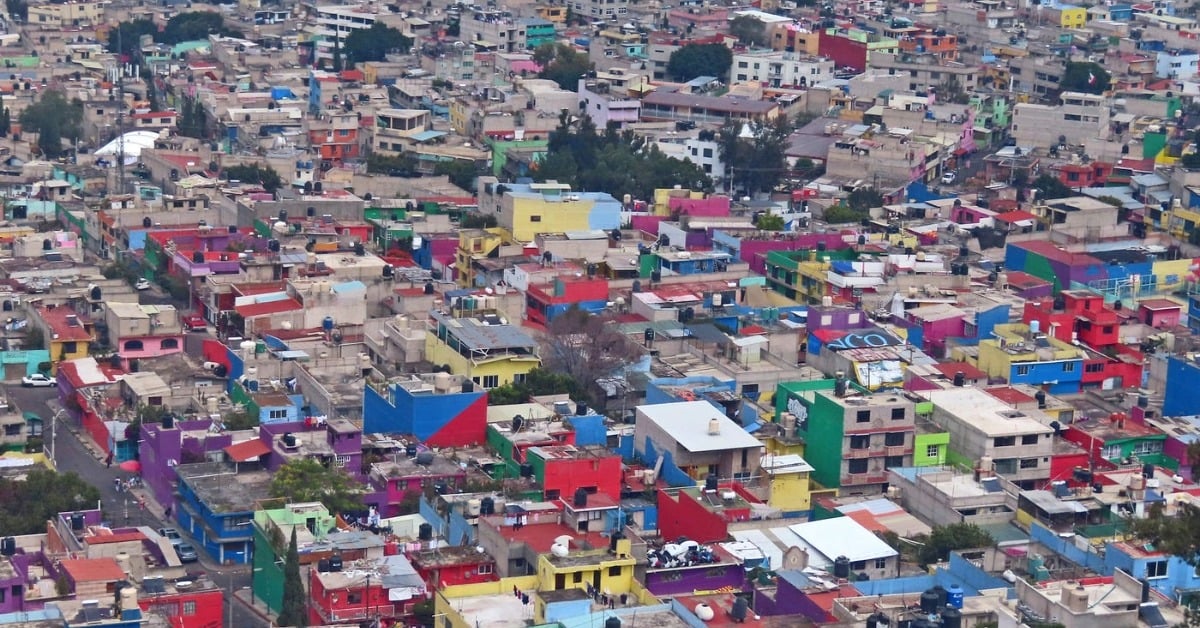New data shows poorest incomes rise by 35.9% from 2018 to 2024, outpacing wealthiest households and narrowing economic gaps . . .

New data shows poorest incomes rise by 35.9% from 2018 to 2024, outpacing wealthiest households and narrowing economic gaps . . .
